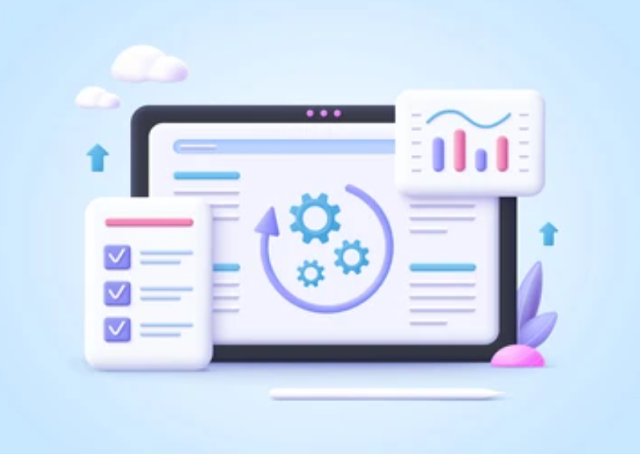Optimizing Website Performance: Speeding Up Your Load Times
In today's fast-paced digital world, website performance plays a crucial role in user satisfaction and engagement. Slow loading times can lead to high bounce rates and a negative user experience. Optimizing website performance is essential to ensure fast load times and provide a smooth browsing experience. This article delves into effective strategies and best practices for speeding up your website's load times, enhancing user satisfaction, and boosting overall performance.
Minimize HTTP Requests:
Reduce the number of HTTP requests your website makes by minimizing the number of files, scripts, and stylesheets loaded. Combine multiple CSS files into one, merge JavaScript files, and utilize CSS sprites for images. Minimizing HTTP requests reduces the round-trip time between the client and server, leading to faster load times.
Enable Browser Caching:
Leverage browser caching to store static resources, such as images, CSS, and JavaScript files, locally on the user's device. By setting appropriate caching headers (e.g., Cache-Control or Expires), browsers can cache these resources, eliminating the need to fetch them from the server on subsequent visits. This reduces server load and speeds up page rendering.
Optimize Images:
Images often constitute a significant portion of a webpage's file size. Compress and optimize images using tools like ImageOptim or TinyPNG to reduce their size without compromising quality. Use modern image formats like WebP or JPEG 2000, which offer better compression. Additionally, implement lazy loading to defer the loading of off-screen images until they come into view.
Minify and Concatenate Files:
Minify CSS, JavaScript, and HTML files by removing unnecessary whitespace, comments, and redundant code. Minification reduces file sizes, resulting in faster downloads. Concatenate multiple files into a single file to minimize the number of requests. However, be cautious when combining files to ensure compatibility and avoid conflicts.
Implement Asynchronous Loading:
Load scripts asynchronously to prevent blocking the rendering of the webpage. By adding the "async" or "defer" attribute to script tags, you allow the browser to continue parsing and rendering the page while scripts load in the background. This enhances the perceived load time and improves overall performance.
Optimize Server Response Time:
Evaluate your server's performance and identify potential bottlenecks. Optimize database queries, leverage caching mechanisms, and ensure efficient server-side code execution. Implement server-side caching using technologies like Redis or Memcached to store frequently accessed data and speed up subsequent requests.
Use Content Delivery Networks (CDNs):
Utilize Content Delivery Networks (CDNs) to distribute your website's static assets across multiple servers located in different geographic regions. CDNs deliver content from the server closest to the user, reducing latency and improving load times. Services like Cloudflare, Akamai, or Amazon CloudFront offer CDN solutions for efficient content delivery.
Implement GZIP Compression:
Enable GZIP compression on your web server to reduce file sizes during transmission. GZIP compresses HTML, CSS, JavaScript, and other text-based files, significantly reducing the amount of data transferred between the server and the client. Smaller file sizes lead to faster downloads and improved load times.
Prioritize Above-the-Fold Content:
Optimize the rendering of above-the-fold content—the portion of the webpage visible without scrolling. Load critical CSS and JavaScript required for rendering this content first, and defer the loading of non-essential elements. This approach improves the perceived load time and ensures a fast and smooth initial user experience.
Regularly Monitor and Test Performance:
Continuously monitor and test your website's performance using tools like Google PageSpeed Insights, GTmetrix, or WebPageTest. These tools provide insights and recommendations for improving load times and optimizing various performance metrics. Regular performance testing helps identify bottlenecks and allows you to make data-driven optimizations.
Conclusion:
Optimizing website performance is crucial for delivering a fast and responsive user experience. By minimizing HTTP requests, enabling browser caching, optimizing images, minifying files, and implementing asynchronous loading, you can significantly improve load times. Additionally, optimizing server response time, leveraging CDNs, enabling GZIP compression, prioritizing above-the-fold content, and regularly monitoring performance ensure ongoing optimization. By implementing these strategies and best practices, you can speed up your website's load times, enhance user satisfaction, and provide a seamless browsing experience that keeps visitors engaged and coming back for more











